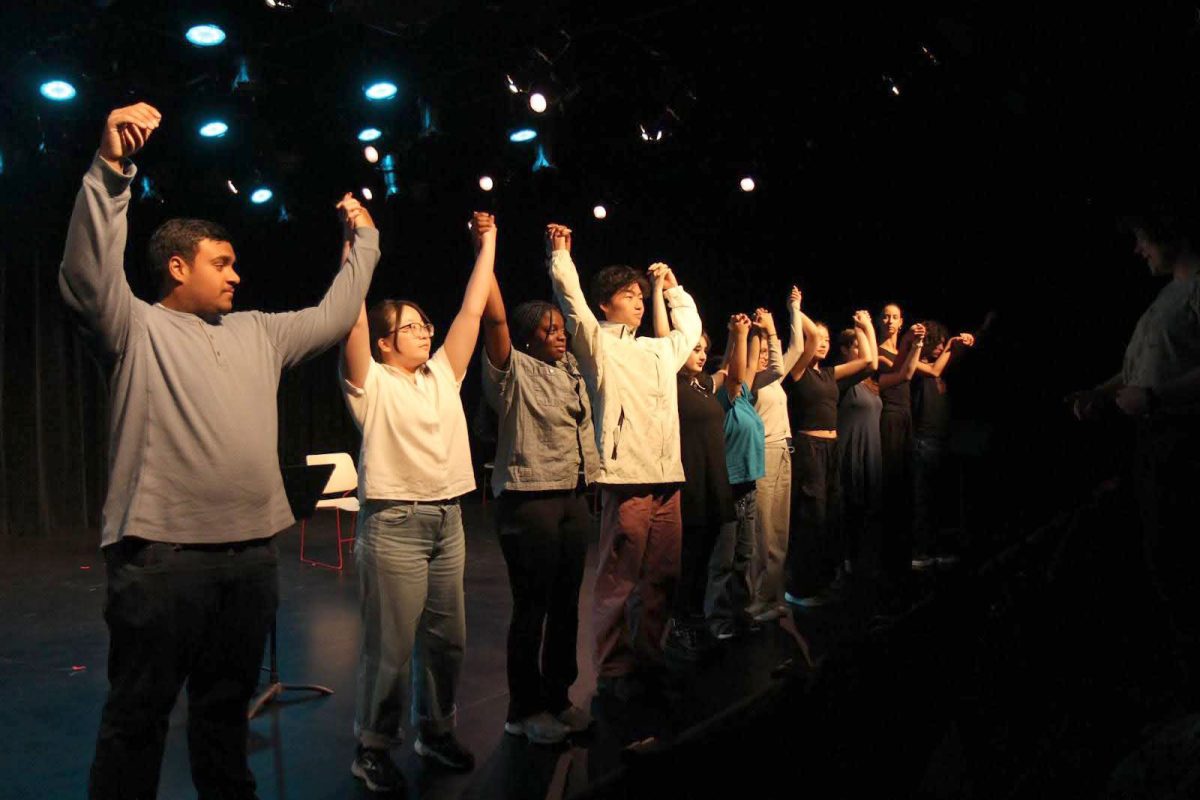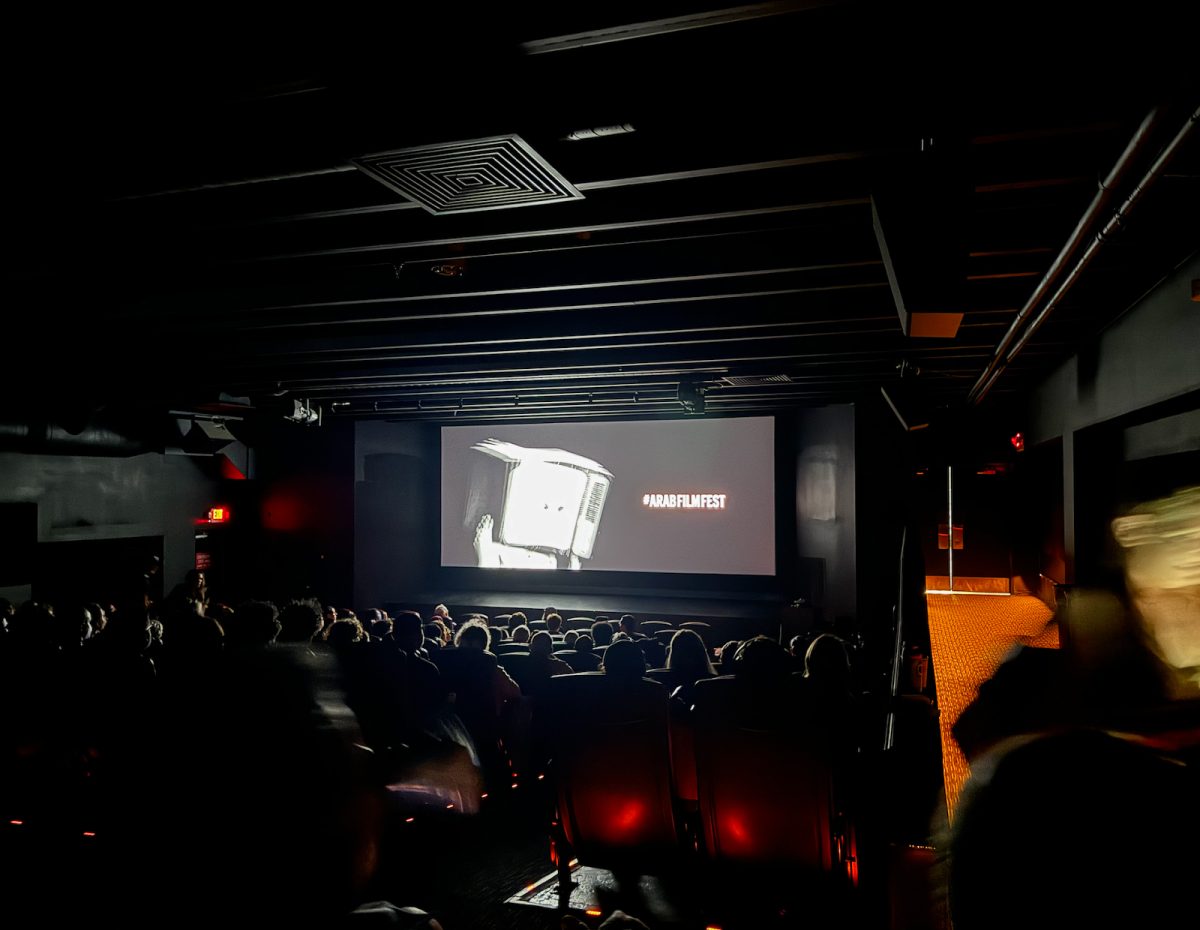Karen Cordero Reiman came to our snowy campus on Feb. 14 for an event hosted by Macalester’s Art and Art History department. Reiman is an art historian from Mexico City who dedicates her work to examining how femicida and feminicida show up in art in Latin America and how to make art accessible to the public. Feminicida was a new term that Reiman made sure to familiarize the audience with because it’s different from femicida, which is the homicide of women and girls.
Feminicida is “gender-based violence within a complete vacuum of state action,” coined in part by Marcela Lagarde de los Rio’s scholarship. Reiman explained that feminicida has become its own sort of pandemic in Latin American countries based on the rising statistics of women experiencing gender-based violence, being killed in various cities and countries. Reiman brought to our attention that Guanajuato, a city in central Mexico, has the biggest index of gender violence. These statistics were a main drive in her research and how she creates art and art exhibitions in Latin America.
Her work doesn’t only encapsulate the modern day constraints of womanhood intersecting with gender-based violence in Latin America; her scholarship is also based on historical Mexican art. In paintings from the Coyolxauhqui people from 1469 to 1487, there was already a presence of this feminicida, with bloody and violent portrayals of female bodies.
She showed us more modern works from female artists like Maria Izquierdo and Frida Kahlo. Izquierdo’s work depicted images of women tied up, and Kahlo’s work portrayed a man downplaying the abuse of a woman. These paintings and time periods were something that I have never had exposure to, despite being of Mexican descent. Mexican art done by women has always had themes of violence, but the art historical narrative that we are used to has not focused on these issues – until now.
During this talk, Reiman showed us her own art exhibition, called “Vivas estamos, estamos vivas.” There were four main portions of this exhibition, which were: Stereotypes and Corporeal Experiences, Workplace and Domestic Violence, Denunciation of Gender Violence in Public Spaces and Silence and Memory. The Stereotypes and Corporeal Experiences part of the exhibition featured real-life and altered images of women’s bodies, incorporating an anthropological view of the modern body. There was an art piece titled “Mujeres de Peso,” translated as “Weighty Women,” which showed an unedited version of a woman’s body and created a sense of empowerment.
Workplace and Domestic Violence showed photos from the 1970s of women protesting to photos in the 2010s mourning deaths from the machinery and factory work that is prevalent in Latin America. This gave a more historical perspective on how photography can act as artivism – art mixed with activism. The Denunciation of Gender Violence in Public Spaces portion of her exhibition highlighted the documentation of the earliest feminist art collectives, like Polvo de Gallina Negra. Moving away from the early feminist art collectives, she showed newer collectives’ work being done in the present. There was a digital mapping project of gender violence happening in Latin America that was publicized for people to become aware of the growing issue.
The last part of the exhibition was Silence and Memory. Reiman showed us some of the collective pieces which involved public initiative and participation. There is a project called “Red Shoes,” created by Elina Chauvet, that accepts donations of shoes from the community. The leaders of the collective piece paint the shoes red and place them in a public area in Mexico City to represent the women lost to violence. Reiman wants this art to “not stay as a display,” it should “be translated into actions in public space.”
Reiman’s talk and dedication to uncovering these narratives in art is valuable, especially for people living in a Westernized society who might not know about these realities. Nov. 25 is the commemoration of violence against women and girls and, although she visited campus during February, her presentation speaks to the importance of why we celebrate Women’s History Month. The women in Latin America deserve to have their stories told through various art forms and to disrupt the complacency that their governments have in the feminicida they unjustly experience. Happy Women’s History Month. Let us not forget these women that Reiman has dedicated her scholarship to highlighting through artivism.






